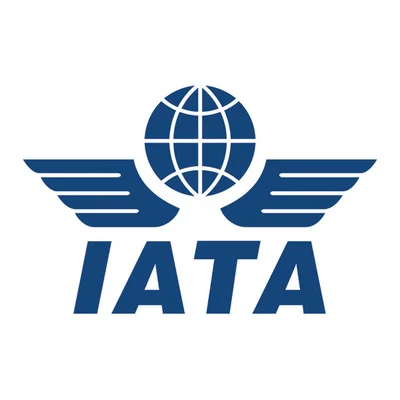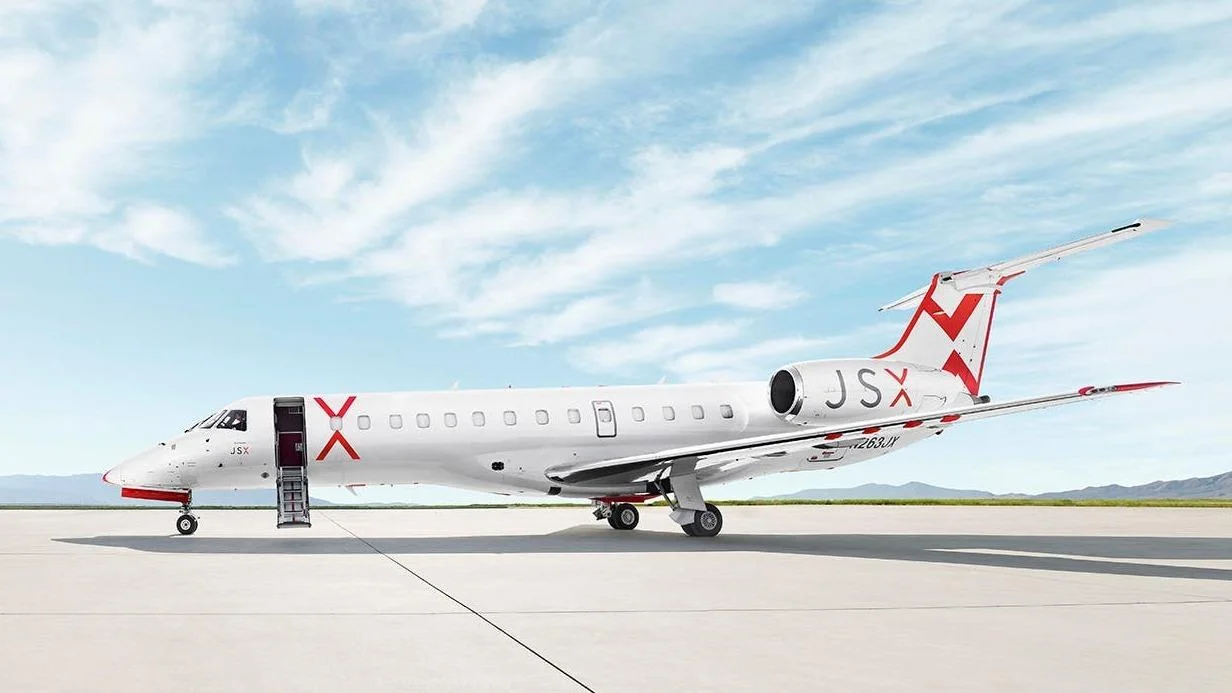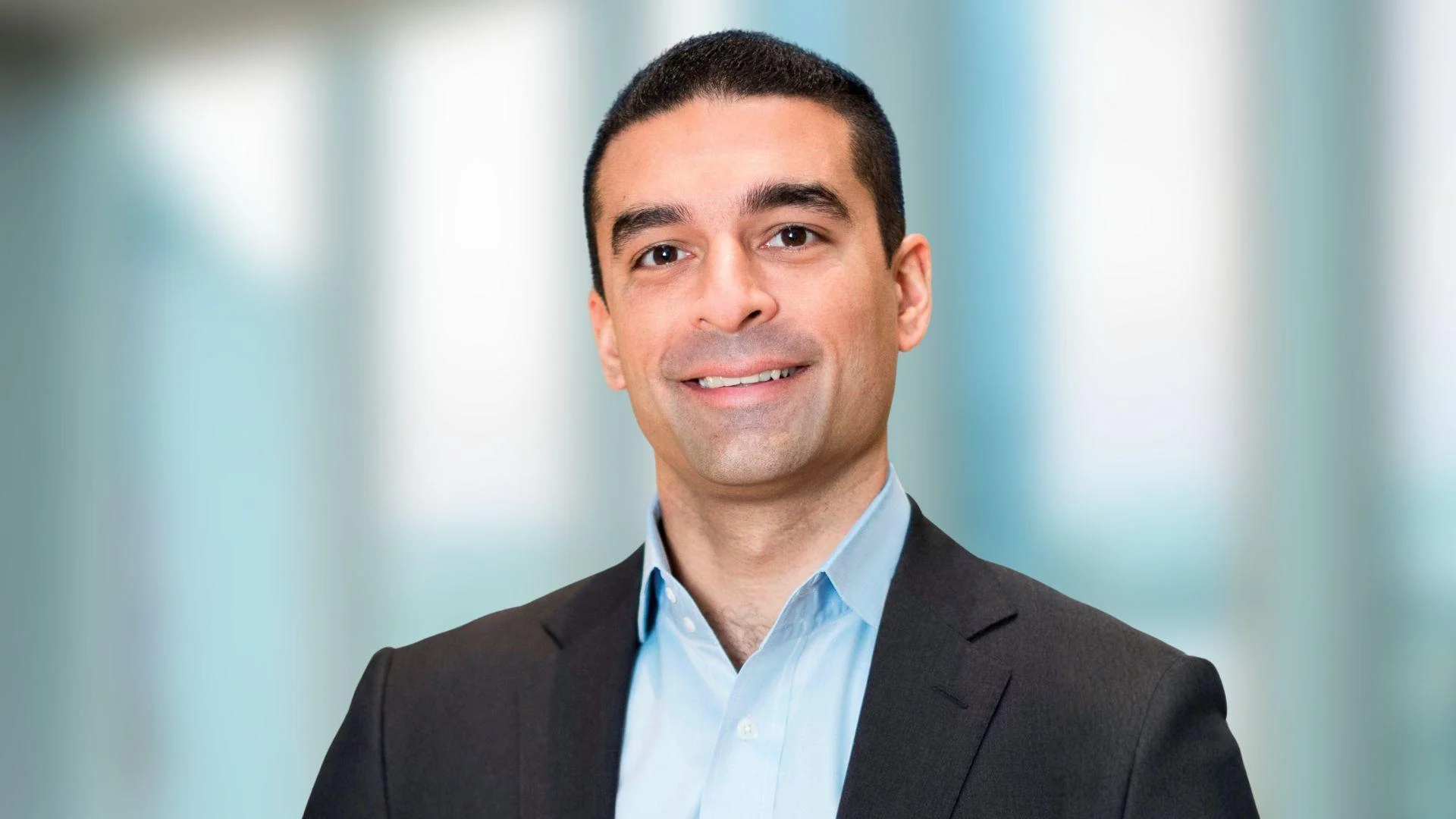GE already has determined how to incorporate machine-learning models into automated inspection processes and predictive maintenance services. However, generative AI “is an area where we don't have as much experience,” said Burns, “so we're really looking to build out some of those capabilities.”
Generative AI models like Chat GPT use existing data to create new and original content such as text, images, and videos. Some in the aviation industry have suggested that generative AI could someday design entire aircraft. For now, GE Aerospace concentrates on using generative AI for more pragmatic short-term solutions, like helping software developers generate code, explained Dinakar Deshmukh, vice president of data and analytics at GE Aerospace.
Deshmukh said his team of software developers recently has been experimenting with a generative AI application that has shown promising results, with individual productivity increasing and software development life cycles accelerating.
On the customer service side, GE Aerospace uses AI for predictive maintenance, applying data to predict maintenance issues before they become problematic. The company operates remote monitoring diagnostics centers in Cincinnati and Shanghai where engineers monitor engine data around the clock to detect potential issues.
GE collects data from all 44,000 of its in-service engines during every flight. It combines that data with physical models and environmental details to predict maintenance issues before problems arise, said Jayesh Shanbhag, GE's vice president of customer experience.
“[For example], we are able to detect through analytics and through AI models an anomaly on an oil filter sensor [if] the signal that we are getting back is not in normal parameters," Shanbhag stated. "We run those models automatically and are able to generate an alert for the maintenance team of an airline,” who can then address the issue.
This engine-by-engine analytics-based maintenance system helps operators reduce lifecycle costs of ownership while maintaining high utilization rates for their assets. GE provides this feature as a basic support service for all its airline customers at no additional cost.
GE Aerospace is also implementing AI in its engine inspections for manufacturing as well as maintenance repair and overhaul (MRO) activities. The company already uses robotics to automate inspection processes by capturing standard images which are then fed into machine-learning models powering GE’s analytics-based maintenance program.
“Digital inspection [and] standard image collection allows us to apply advanced machine learning and AI models to really drive a better outcome for our customers,” said Nicole Jenkins chief MRO engineer at GE Aerospace.
“We like to support our customers throughout the lifecycle of the engine," she explained. "That means not only applying AI when the asset is with the customer but also down to piece-part or repair level once disassembled.”
To further advance its inspection processes GE Aerospace plans opening Services Technology Acceleration Center (STAC) dedicated facility scheduled September Cincinnati featuring nondestructive X-ray fluorescence spectroscopy (XRF) device detecting structural variations inside metal parts developed partnership Bruker providing detailed chemical composition snapshots making anomalies easier detect alleviating supply chain constraints delineating airworthy repaired parts otherwise replaced unnecessarily
Russel Stokes president CEO commercial engines services continuously strives using robotics improving performance white light inspections crack propagations different levels repair capability shops
Burns explained approach centered three core principles trustworthy data model transparency human involvement ensuring foundation solid decision recommendations insights forward keeping humans loop everything doing
 Alerts Sign-up
Alerts Sign-up





































